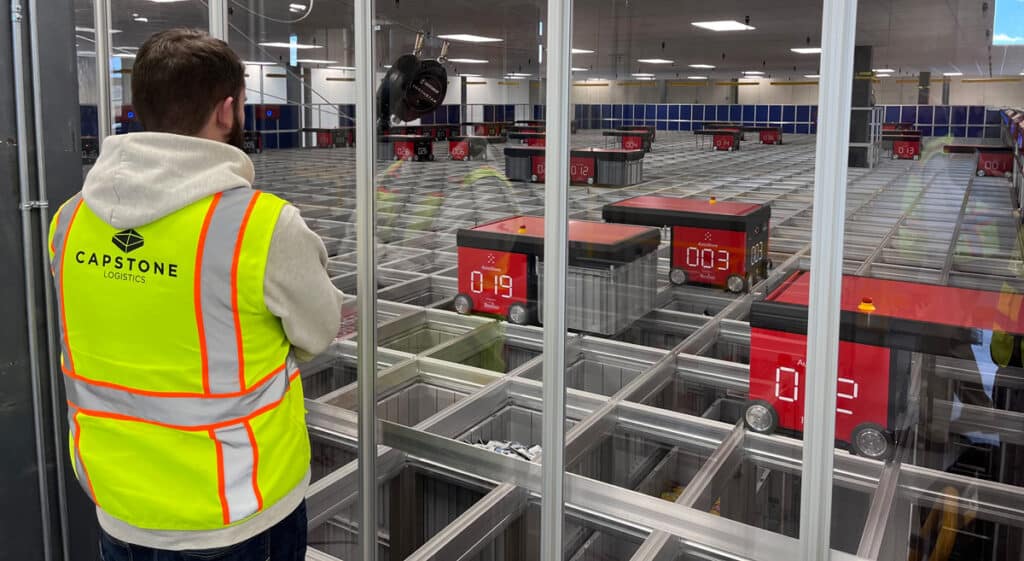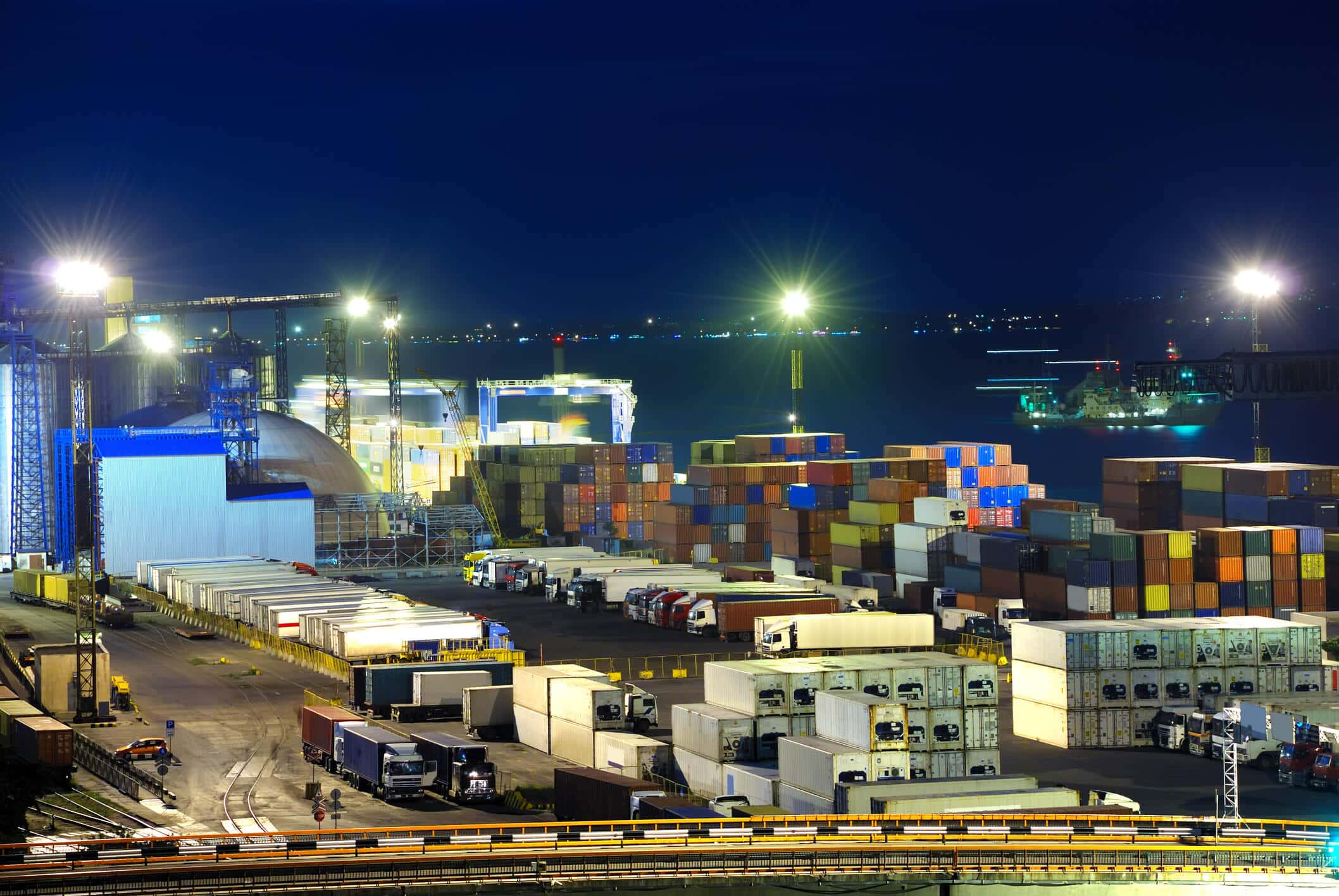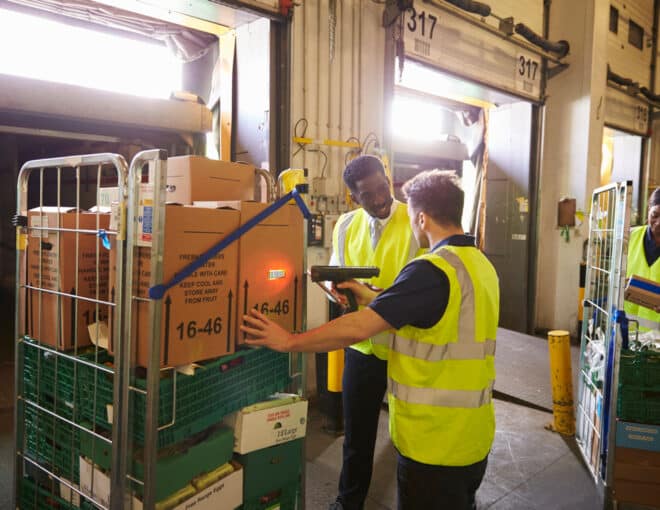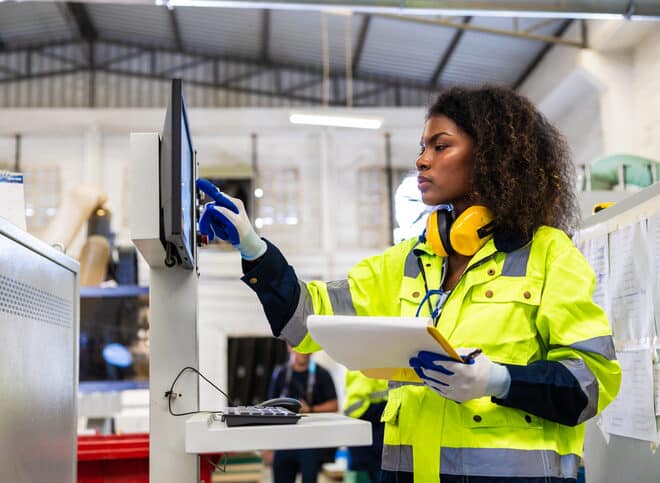
America’s Labor Shortage: The Most Impacted Industries
By: U.S. Chamber of Commerce
Since “The Great Resignation” during the pandemic, in which more than 50 million workers quit their jobs in 2022 alone, quit rates remain high today — though not nearly as high as during the pandemic. Hiring rates are now outpacing quit rates as many workers transition to other jobs in search of improved work-life balance and flexibility, increased compensation, or a strong company culture.
While hiring rates remain strong, businesses face an additional challenge in finding skilled workers, particularly as our nation’s workforce ages and employers create new jobs. The ”Great Resignation” highlighted a stark truth: securing talent is no longer about simply filling roles. It’s about retaining the best workers and building a culture of loyalty and productivity.
CAPSTONE TAKEAWAY
This is particularly true in sectors like warehousing and distribution, where keeping skilled employees has a significant impact on efficiency and productivity. The supply chain sector faces seasonal peaks, and filling gaps with unskilled or temporary labor can lead to low morale, low productivity, or safety concerns. Businesses in this sector will need solutions that can scale rapidly with a quality workforce.
Warehouse Robot Momentum Faces Cost, ROI Challenges
By: RetailDive
As more businesses turn to mobile robots for warehouse automation, the cost of purchasing and implementing robots is a concern, according to research firm Interact Analysis. The lack of an available budget was ranked as the top barrier to mobile robot adoption, with a third of respondents reporting this as a challenge. According to the Interact Analysis survey, a major robot deployment aimed at fully equipping an entire warehouse could cost as much as $1 million on average.
Nearly six out of 10 companies are already using some form of mobile automation in their facilities. Larger companies with revenues over $1 billion were more likely to use mobile robots than smaller ones. However, the Interact Analysis survey found that 71% of survey respondents only partially automate their workflows with mobile robots.
CAPSTONE TAKEAWAY
Most businesses recognize that, while warehouse automation is the way forward, the key will be finding the right balance between human capital, automation, and strategic planning. Skilled labor will continue to play an essential role in warehouses. By optimizing warehouse processes strategically, shippers can find the right balance between robotic automation and labor to reduce costs and speed up time for ROI.


The Changing Landscape of the Parcel Market
By: FreightWaves
The US parcel market has undergone a massive transformation since the pandemic with new players and technologies. New parcel entrants and some retailers are rejecting the biggest players, instead building out their own private last-mile fleets or outsourcing drivers while retaining visibility and control of their inventory.
In fact, it is estimated that by the 2026 peak season, the private fleets of major retailers and local companies will be positioned to deliver more parcels to residences than FedEx and UPS combined — that’s more than 40 million parcels per day.
Fulfilling online orders from facilities closer to the consumer is also a big trend within the parcel market. It is estimated that the percentage of parcels traveling shorter distances (less than 300 miles) has increased from 45% to 68%, while those going 1,400 miles or more have declined from 17% to 10%.
CAPSTONE TAKEAWAY
As such, shippers today have more last-mile options – and these options bring added benefits. Carriers specializing in a specific industry or segment of the last mile bring added benefits to the end user, as in pharmaceutical deliveries. Regional carriers allow for faster deliveries at a lower cost to the shipper, enhancing customer experience. And the advance of technology allows smaller shippers to have the same visibility into parcel and inventory shipping that the biggest carriers have.
Shippers must do their homework to understand their options based on the required service levels to take advantage of the changed parcel market.
US Second-Quarter Economic Growth Revised Higher on Consumer Spending
By: Reuters
The US Bureau of Economic Analysis’s second quarter GDP was revised upwards from 2.8% to 3.0% in a second revision, noting that consumer spending was stronger than previously estimated. Consumer spending, which accounts for more than two-thirds of the economy, increased at a 2.9% rate from the first revision of 2.3%. Spending is supported in part by wage gains, which bodes well for a potentially strong holiday season.
To successfully prepare to meet demand during the holiday season, shippers should plan to increase their number of warehouse associates and their transportation capacity during the critical period of 30–90 days before the actual peak hits. That means additional warehouse staff and carriers should be secured a couple of months before the peak so products are ready for consumers.
CAPSTONE TAKEAWAY
However, the challenge is securing the necessary logistics resources without overspending — especially warehouse personnel. Outsourcing additional qualified warehouse staff is an easy way to scale quickly for the peak holiday season. Capstone Logistics, for example, developed its Workforce Augmentation solution, which pulls skilled associates from its pool of 20,000 team members to help shippers address demand fluctuations while saving time and money.








